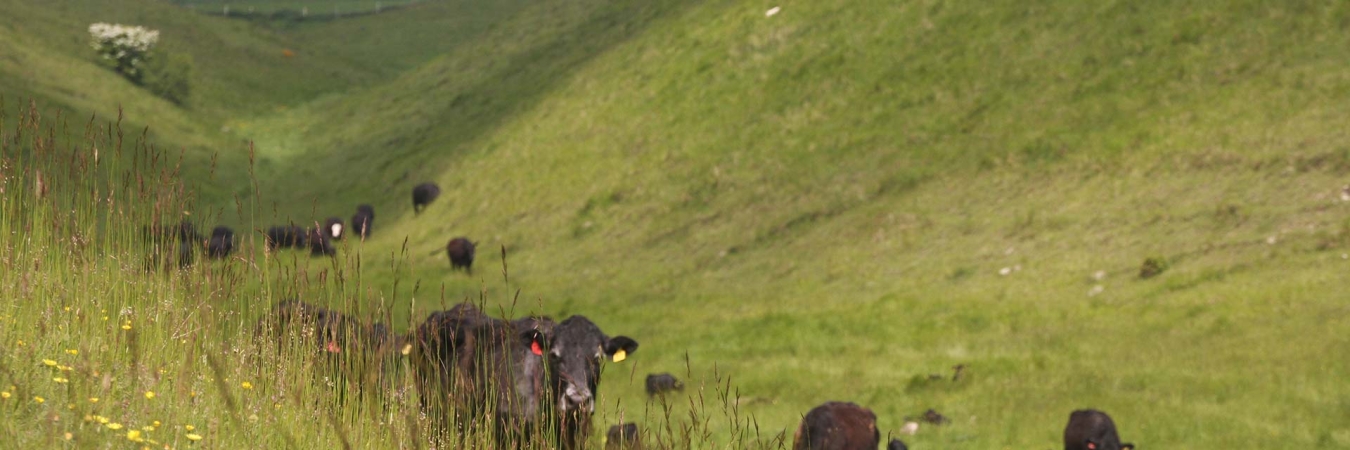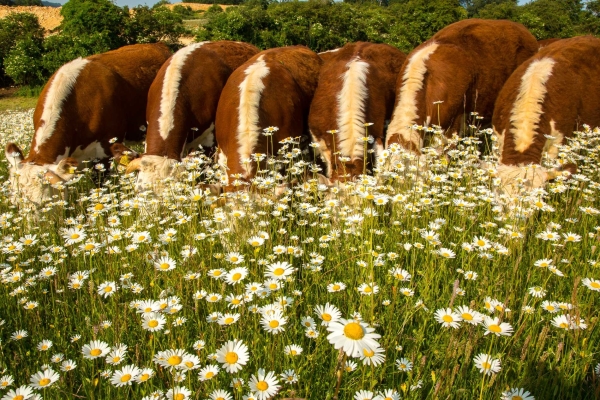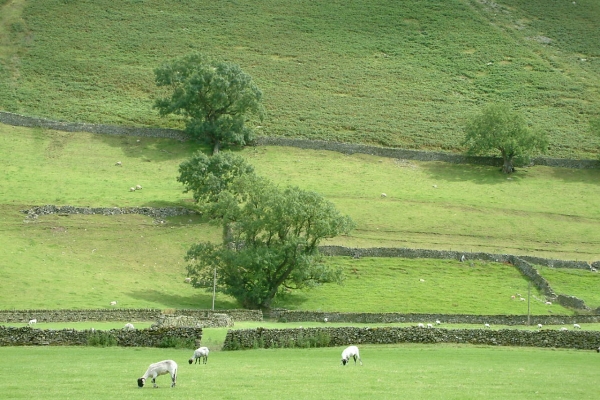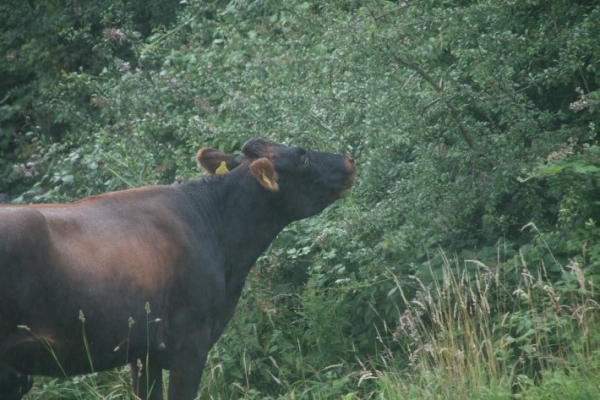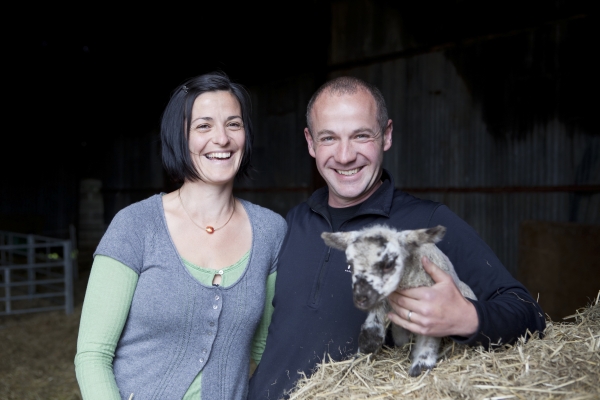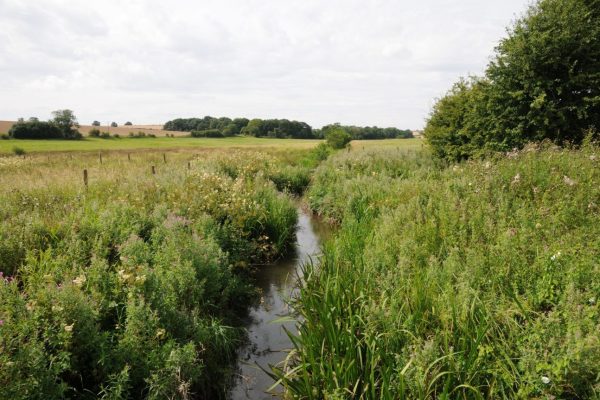Pasture-fed production – findings from the SEEGSLIP project
Resource explained
The ‘Sustainable Economic and Ecological Grazing Systems – Learning from Innovative Practitioners’ (SEEGSLIP) project sought to evidence the practices of Pasture for Life (PFL) producers and farmer members using holistic, system-based approaches. This video sets out to explain the project, the pasture-fed concept and some of the research findings. It starts by explaining the context within a spotlight on meat production and its environmental impacts, particularly regarding greenhouse gases. It suggests that this focus ignores the importance of livestock production to rural communities, landscape and biodiversity. The motivations of farmers for becoming pasture-fed producers are explored, along with the requirements of certified Pasture for Life farming. Whilst pasture-fed systems in Great Britain are highly variable according to practitioner, location and practice, they are economically viable and deliver wide ranging public goods.
See also research article: Can pasture-fed livestock farming practices improve the ecological condition of grassland in Great Britain?
Findings & recommendations
- A mixture of factors influenced farmers decisions to take up pasture-fed production: BSE, rising input costs, a desire to be more self-sufficient, improved soil health, animal welfare, and enhanced biodiversity.
- Grassland on PFL farms was found to be taller and more species-rich than intensively managed grassland.
- Soil properties were not significantly different from intensively managed grassland.
- Grassland plant species richness was linked to soil carbon richness and high soil invertebrate diversity.
- The most significant factor affecting soil microbial activities was time since last ploughing.
- Fertiliser application increased similarity between fungal communities.
- Interactions between the plant community and soil chemistry were the factors that most affected soil microbial communities.
- PFL beef suckler enterprises outperformed the Farm Business Survey benchmarks.
- There was a large difference between top third of PFL farms and the average. This was due to lower costs (reduced feed purchases) and higher output (£) per cow, mainly beacause of direct marketing and (for some) the organic premium.
- The Public Goods Tool showed that PFL farms scored well for Public Goods delivery in the areas most relevant to their businesses.
- Consumers are very aware of connections between food choices and environmental goods, as well as animal welfare. However, many consumers are unaware of pasture-fed products and their potential benefits.
